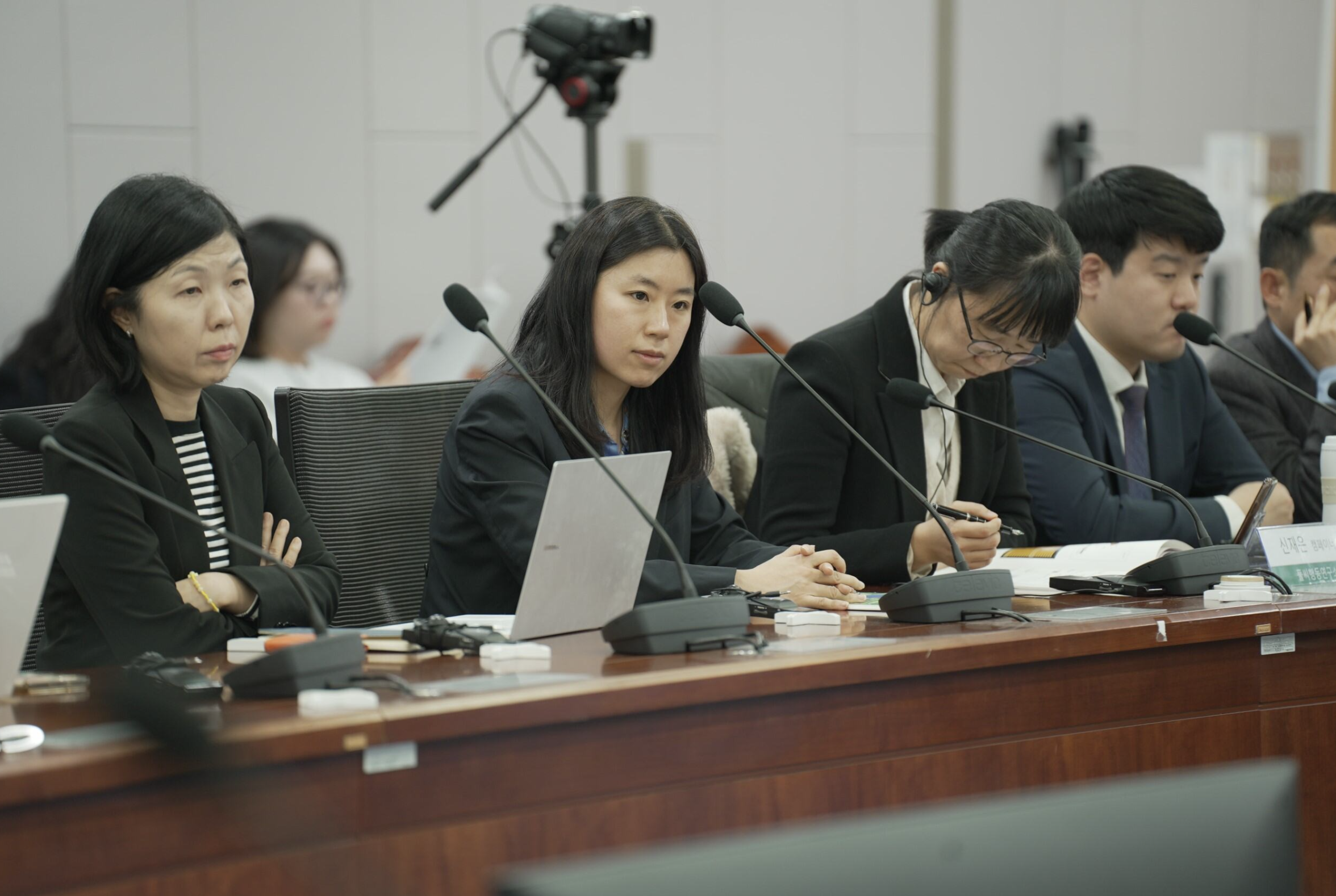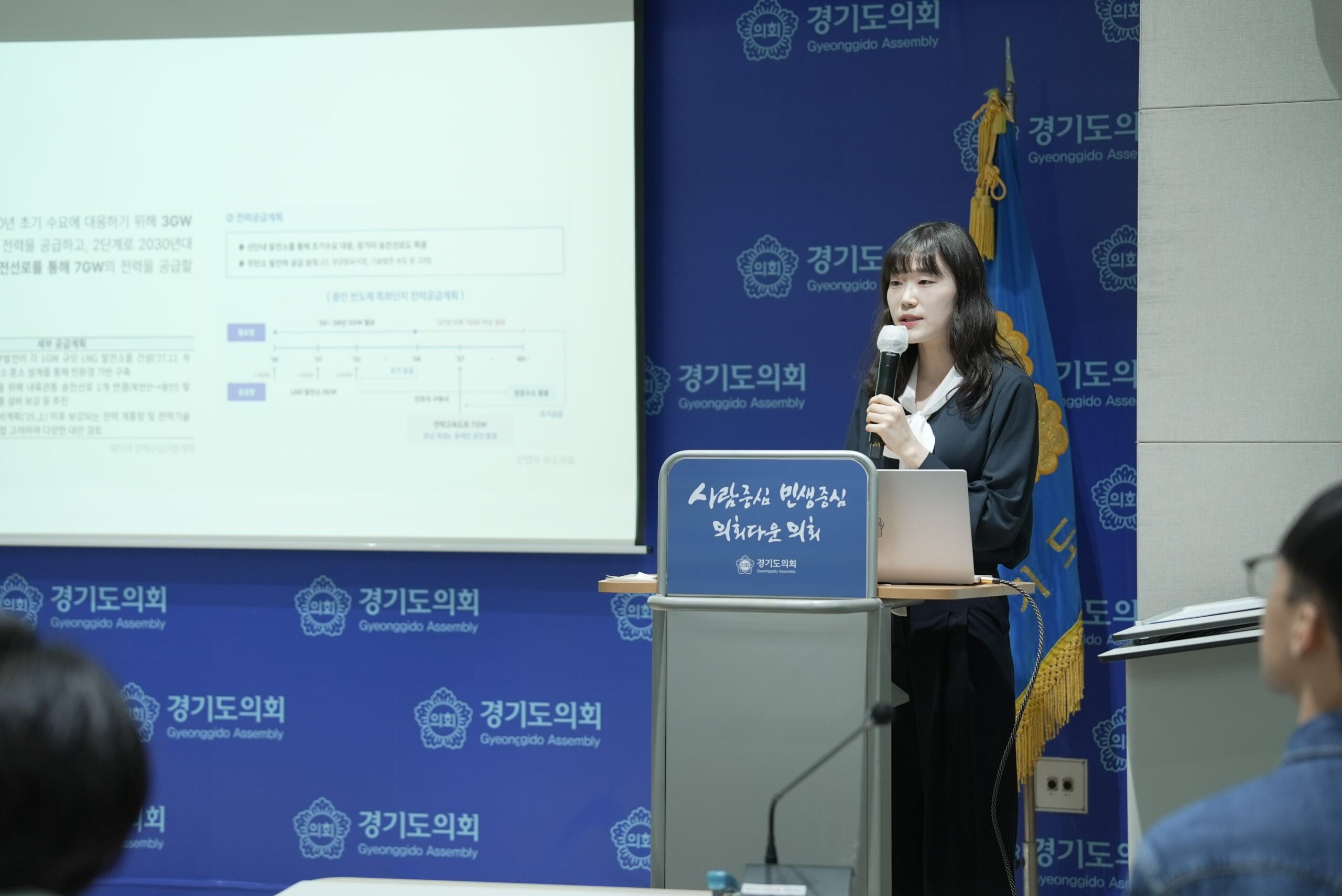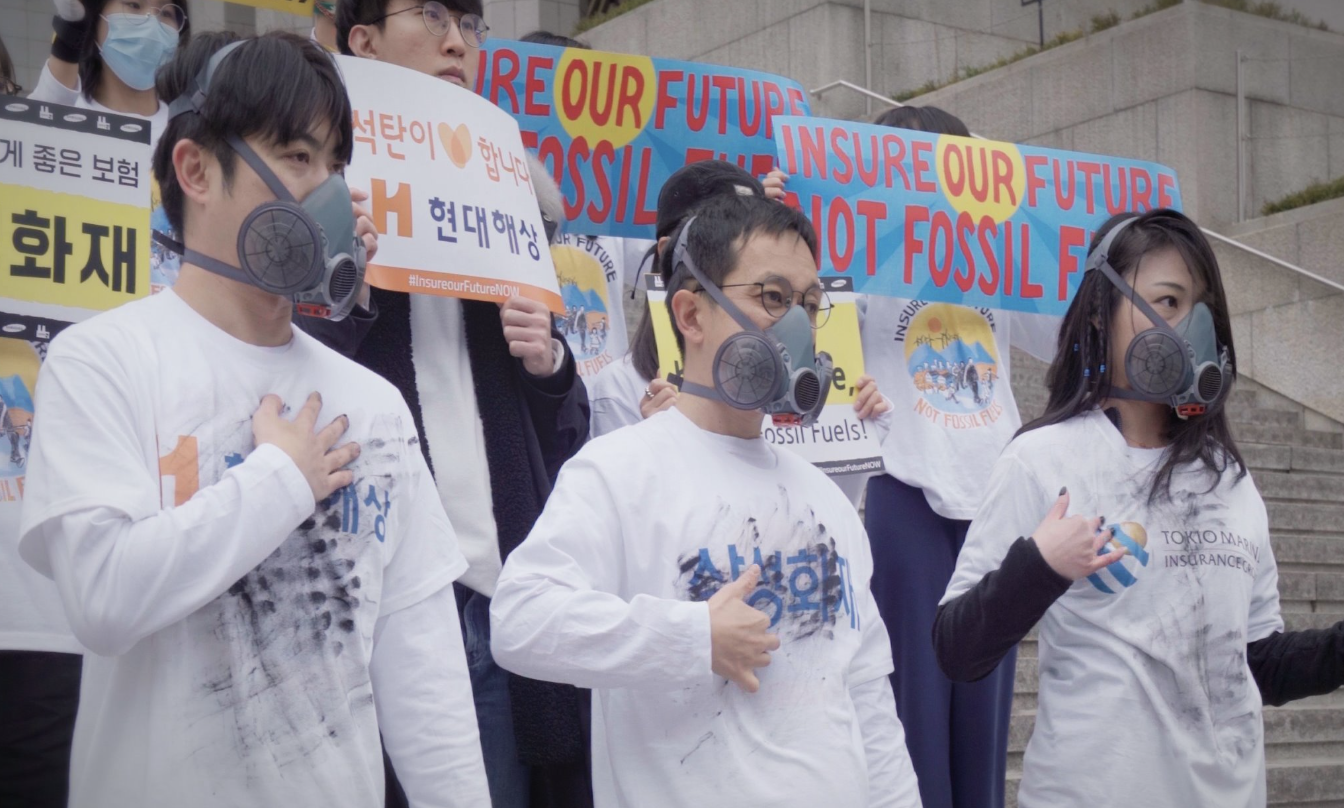Ditching coal in steelmaking could save over 9,000 lives, new study shows
Steel decarbonization can have massive climate and public health benefits.
November 28, 2022 – Transitioning away from coal-based steelmaking in South Korea - the world’s sixth largest steel-producing country - could save over 9,000 lives across East Asia between 2022 and 2050, according to a new study by Solutions for Our Climate (SFOC) and the Centre for Research on Energy and Clean Air (CREA) published today.
The study shows that air pollution from South Korea’s three coal-fired steel plants, two of which are operated by POSCO and one by Hyundai, could cause an estimated 19,400 premature deaths by 2050 under a current policy scenario. The economic burden of air pollution could amount to KRW 127 trillion (USD 111 billion) due to higher healthcare costs and reduced productivity.
The number of fatalities almost halves under the study’s 2050 carbon neutrality roadmap for steel in South Korea, which envisages the phase-out of traditional blast furnace technology and the adoption of renewable and green hydrogen-based steelmaking technology. Cleaning up the steel sector could also lead to savings of approximately KRW 61 trillion (USD 53 million) over the same period.
While committing to green hydrogen-based steelmaking, POSCO, the world’s sixth largest steelmaker, is expanding the highly polluting blast furnace technology overseas: it is currently planning to build new blast furnaces in India and Indonesia.
“Coal-based steelmaking emits greenhouse gases and other air pollutants deadly to both the climate and human health. Hence, the Korean steel industry must set concrete decarbonization plans to not only meet our 1.5C target but also to save lives,” said Geunha Kim, researcher at SFOC and the author of the study. Coal is the world’s largest contributor to carbon pollution.

Findings also show that air pollutants, such as sulfur dioxide, nitrogen dioxide and particulate matter, are concentrated in areas with steel plants. In North Gyeongsang and South Chungcheong provinces, steel plants were the number one source of air pollutants in 2021. For instance, POSCO’s Pohang steel mill accounted for up to 76 percent of the North Gyeongsang province’s annual air pollution.
Today, at demonstrations occurring in three different cities simultaneously, local community members spoke up:
“POSCO-operated Pohang plant is the oldest steel facility in Korea, which has exposed communities to environmental harms and toxic air pollutants for over 50 years,” said Chimgwi Jeong, the head of Pohang Korean Federation for Environmental Movements. “Hydrogen-based steelmaking is without a doubt critical to achieving carbon neutrality, and in doing so, there must be a roadmap for emissions reduction and safety.”
Blast furnace-basic oxygen furnaces (BF-BOFs), a coal-based steel production, account for approximately 70 percent of global steel production. However, with increasing scrutiny of the steel sector, global steelmakers are beginning to make a flurry of announcements on developing cleaner production methods.
“Global steel is already moving towards decarbonization, with increasing efforts to boost the amount of recycled steel, as well as retrofit and transition coal-based blast furnaces, increasing the use of renewables for power, and incorporating hydrogen or carbon-capture,” said Isabella Suarez, Southeast Asia analyst at CREA.
“This report shows that by pursuing an ambitious Net Zero by 2050 roadmap, South Korea can not only lead these efforts in Asia but also yield massive gains in air quality and health for its citizens.”
Access photos of the demonstration here.
ENDS.
About SFOC
Solutions for Our Climate (SFOC) is a South Korea-based group that advocates for stronger climate policies and reforms in power regulations. SFOC is led by legal, economic, financial, and environmental experts with experience in energy and climate policy and works closely with policymakers.
About CREA
The Centre for Research on Energy and Clean Air (CREA) is an independent research organisation focused on revealing the trends, causes, and health impacts, as well as the solutions, to air pollution. CREA uses scientific data, research and evidence to support the efforts of governments, companies and campaigning organisations worldwide in their efforts to move towards clean energy and clean air.
For media inquiries, please reach out to:
Euijin Kim, Communications Officer, euijin.kim@forourclimate.org
Notes
- This report used the CALPUFF meteorological and atmospheric dispersion modeling system to estimate the dispersion of air pollutants from steel plants in South Korea by using the information on near-surface emission concentration and pollutant emissions released from key stacks within steel plants. These results were then applied to demographic statistics and health impact assessment methods to quantify the related health impact.
- The study compares the health impact under three scenarios: Current Policy, Net-Zero 2050 and Net-Zero 2050 with improvements in steel efficiency.
- Current Policy reflects South Korea’s current position in steelmaking technologies, drawing upon the energy and climate policy instruments proposed by the Korea Institute for Industrial Economics and Trade (KIET) that are already in place (as of the timing of this study) or soon to be implemented as of March 2022.
- Net Zero 2050 assumes the same parameters for the country’s position in steelmaking technologies today, drawing upon the KIET’s steel production forecasts and considering the energy and climate policy instruments that are currently in place like CurPol. It assumes that annual GHG emissions decline at a uniform rate from 2025 until net zero is achieved by 2050.
- Net Zero 2050 with improvements in steel efficiency scenario adopts the same assumptions as NZ2050, except that it presumes steel production linearly decreases by 22% from 2025 to 2050. The reduction in production is enabled by increased efficiency - such as the efficiency increase in steel consumption and production.
- The cumulative health effects of steel plants were estimated under the aforementioned scenarios, and are shown in the table and graph below:
Cumulative premature deaths due to BF-BOF pollution under scenarios (2022-2050)
|
(unit : case) |
Current Policy |
Net-Zero 2050 |
Net-Zero 2050 + Efficiency |
|
Cumulative Premature Deaths |
19,355 (12,478 – 26,774) |
10,052 (6,471 – 13,915) |
9,556 (6,157 - 13,223) |
(95% Confidence Interval)
Share this insights



